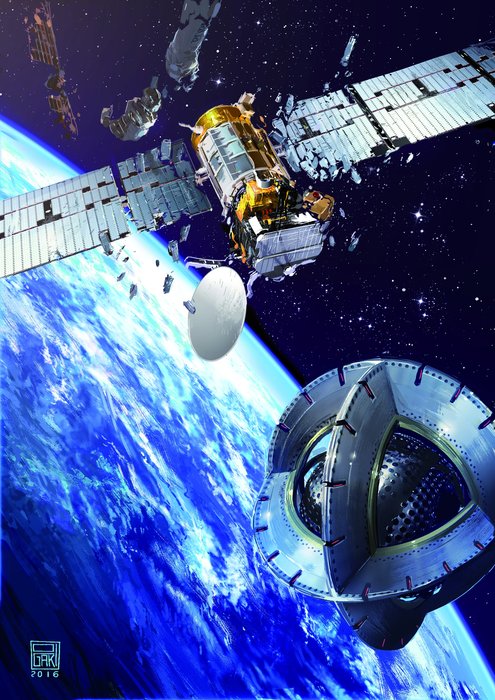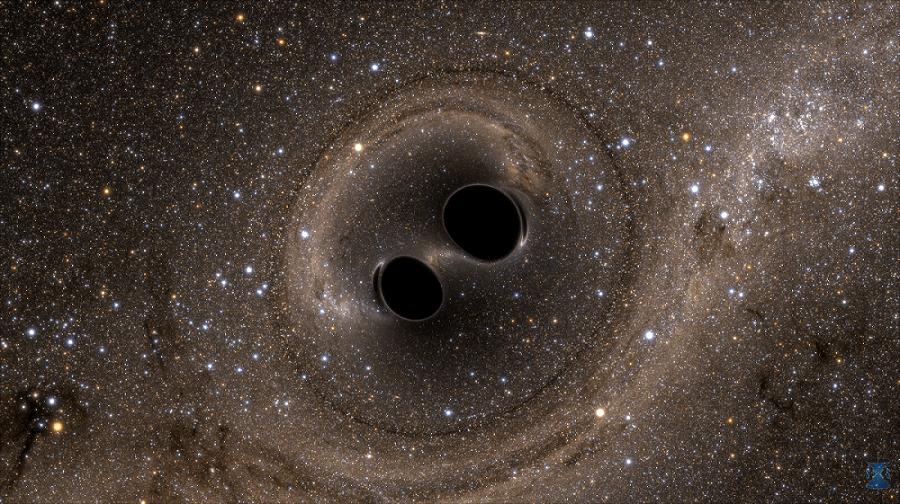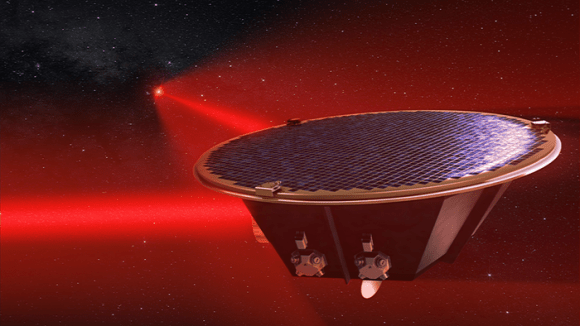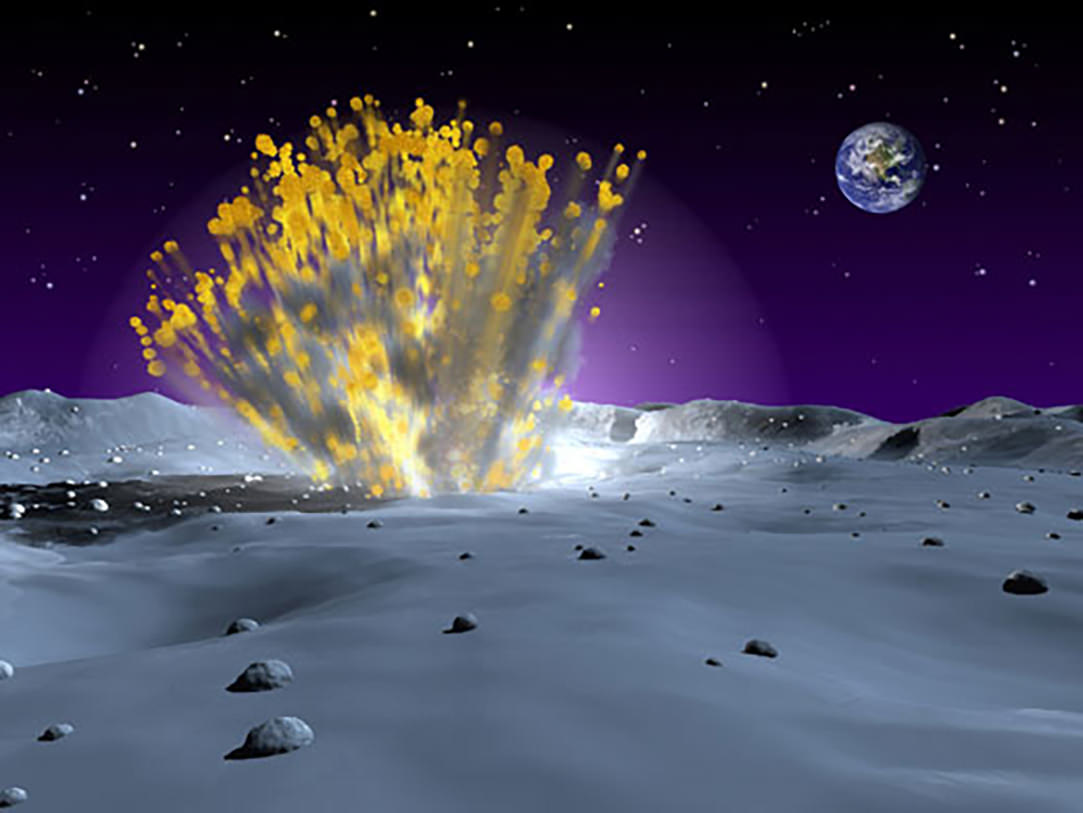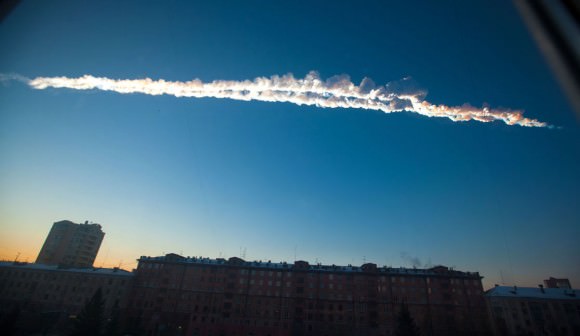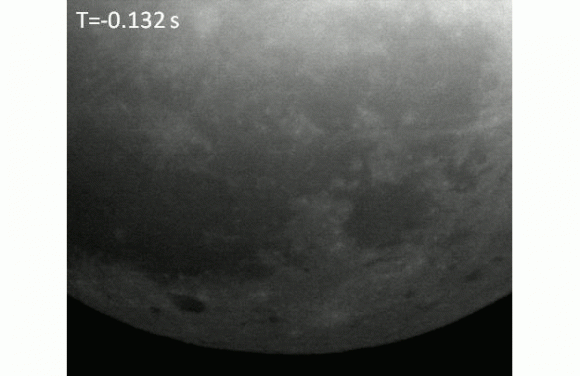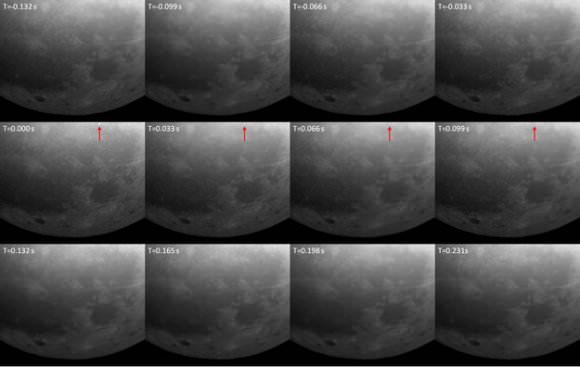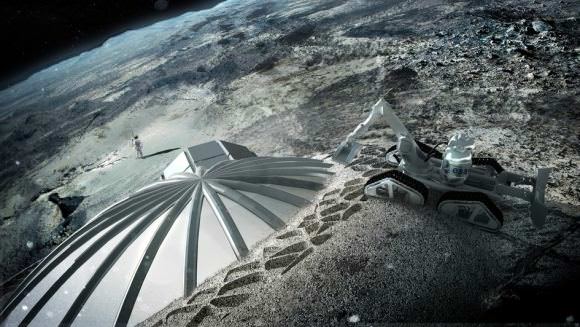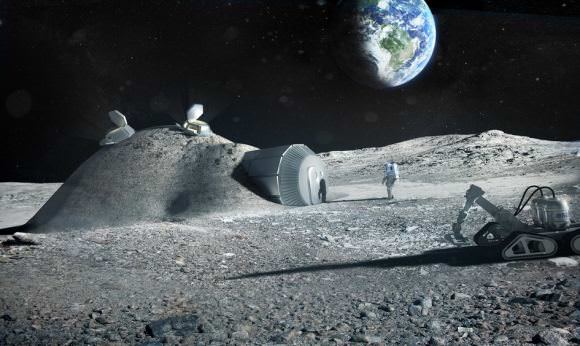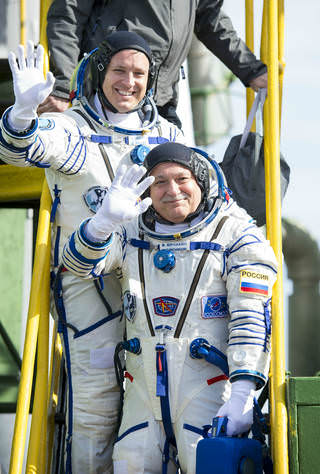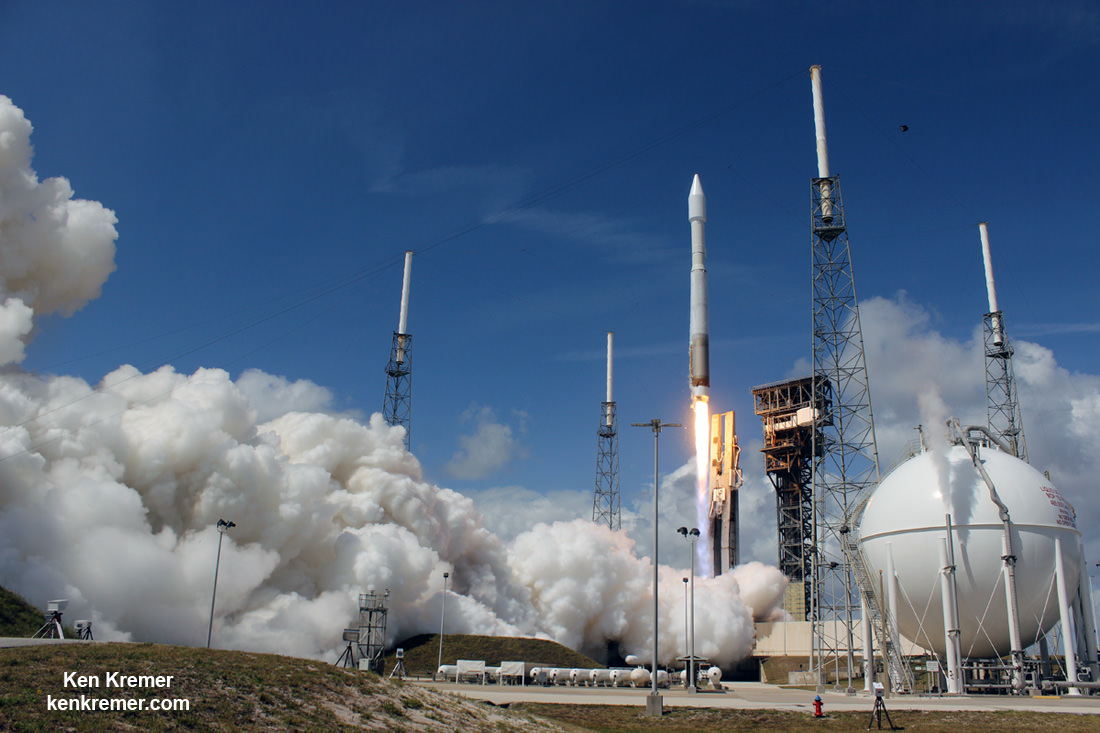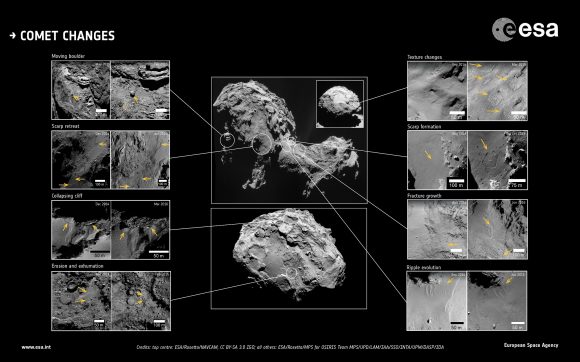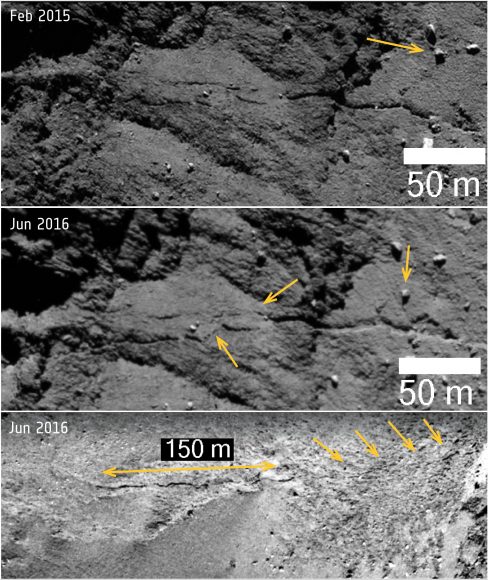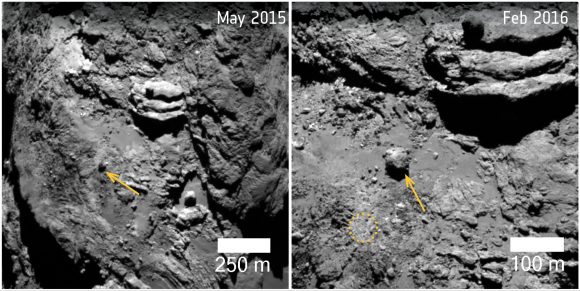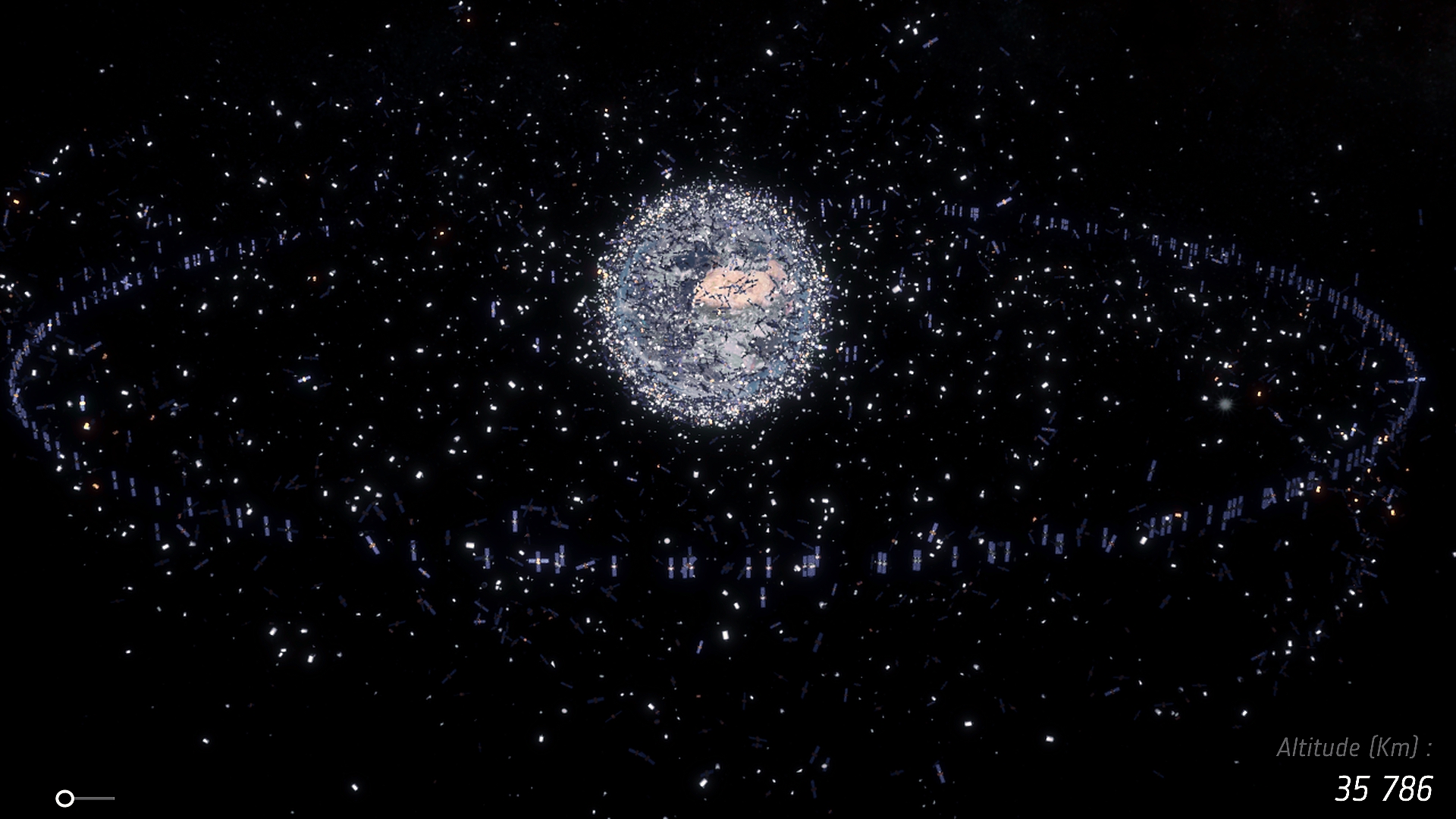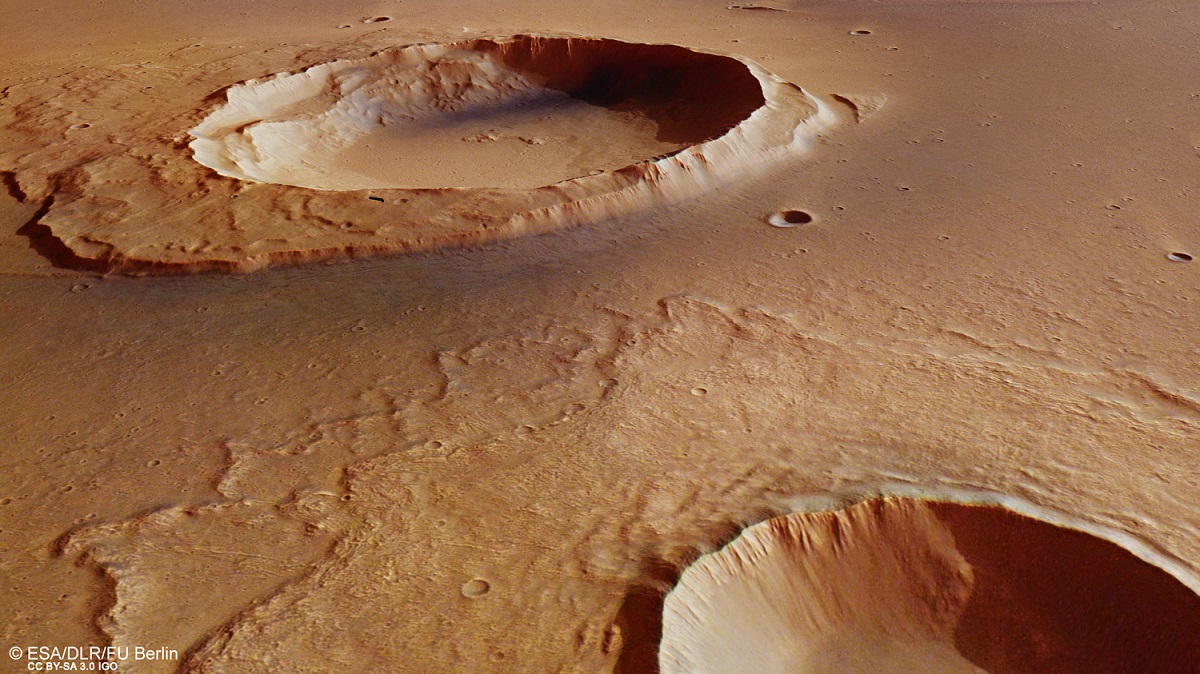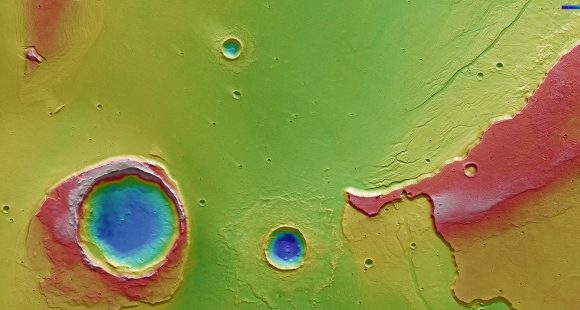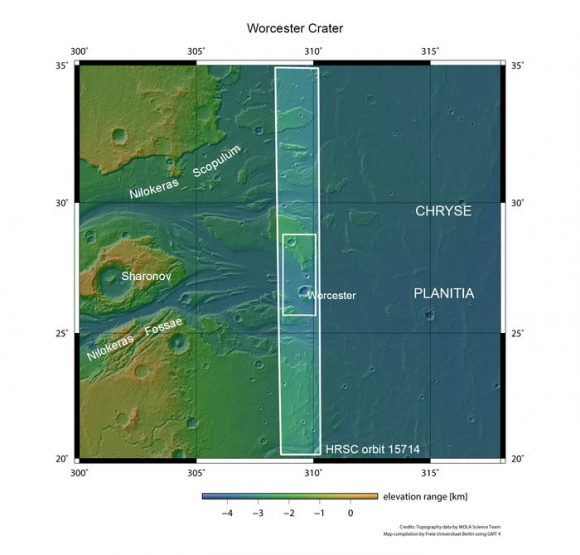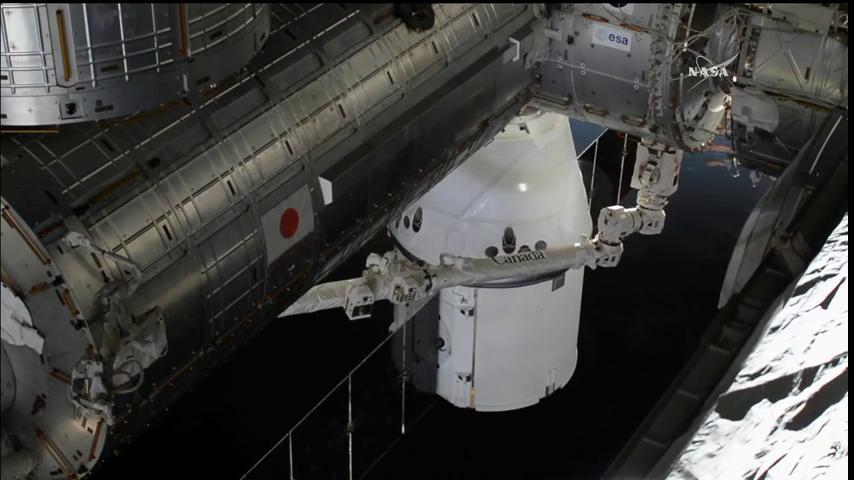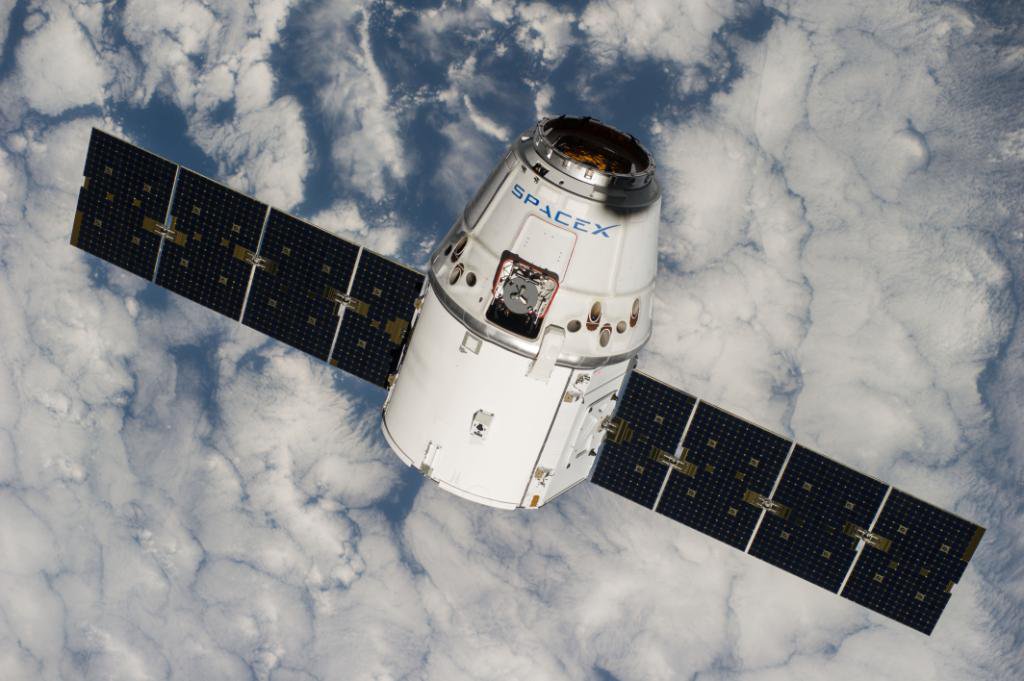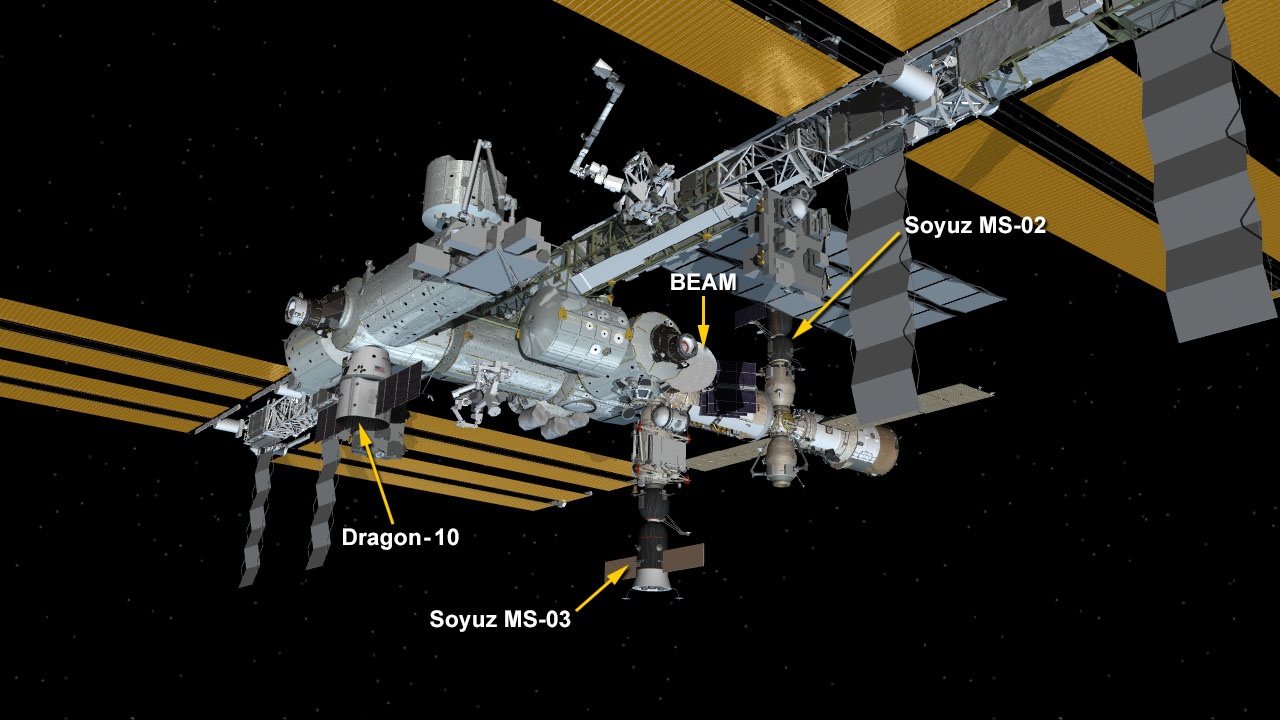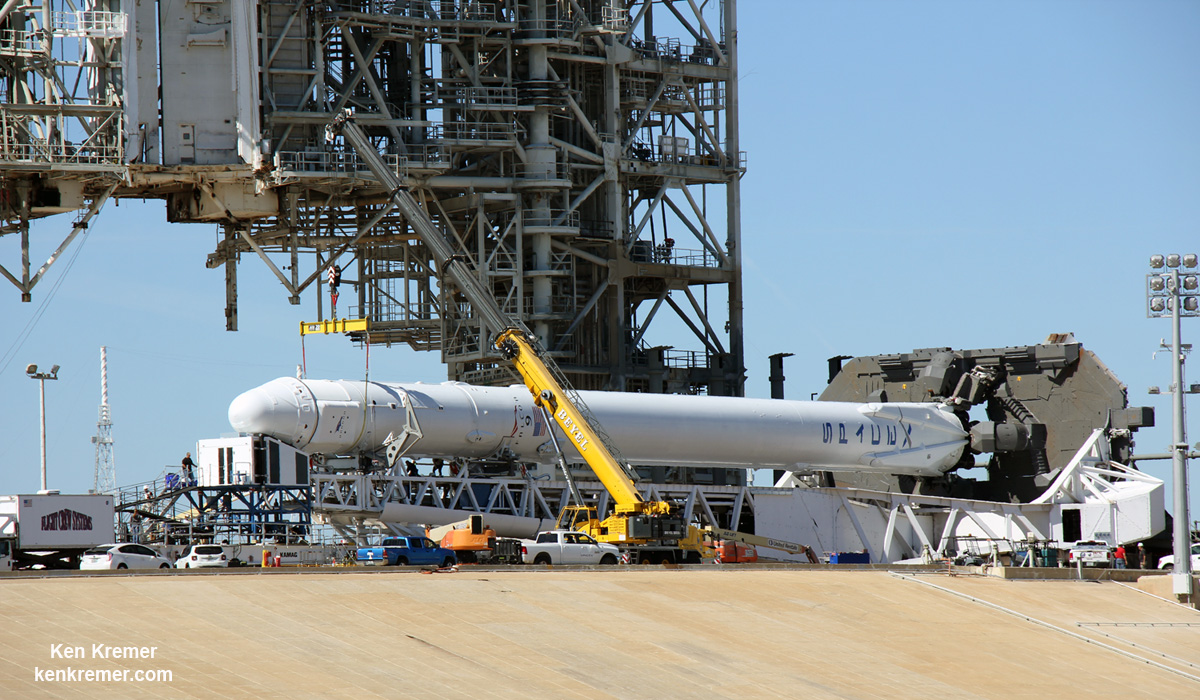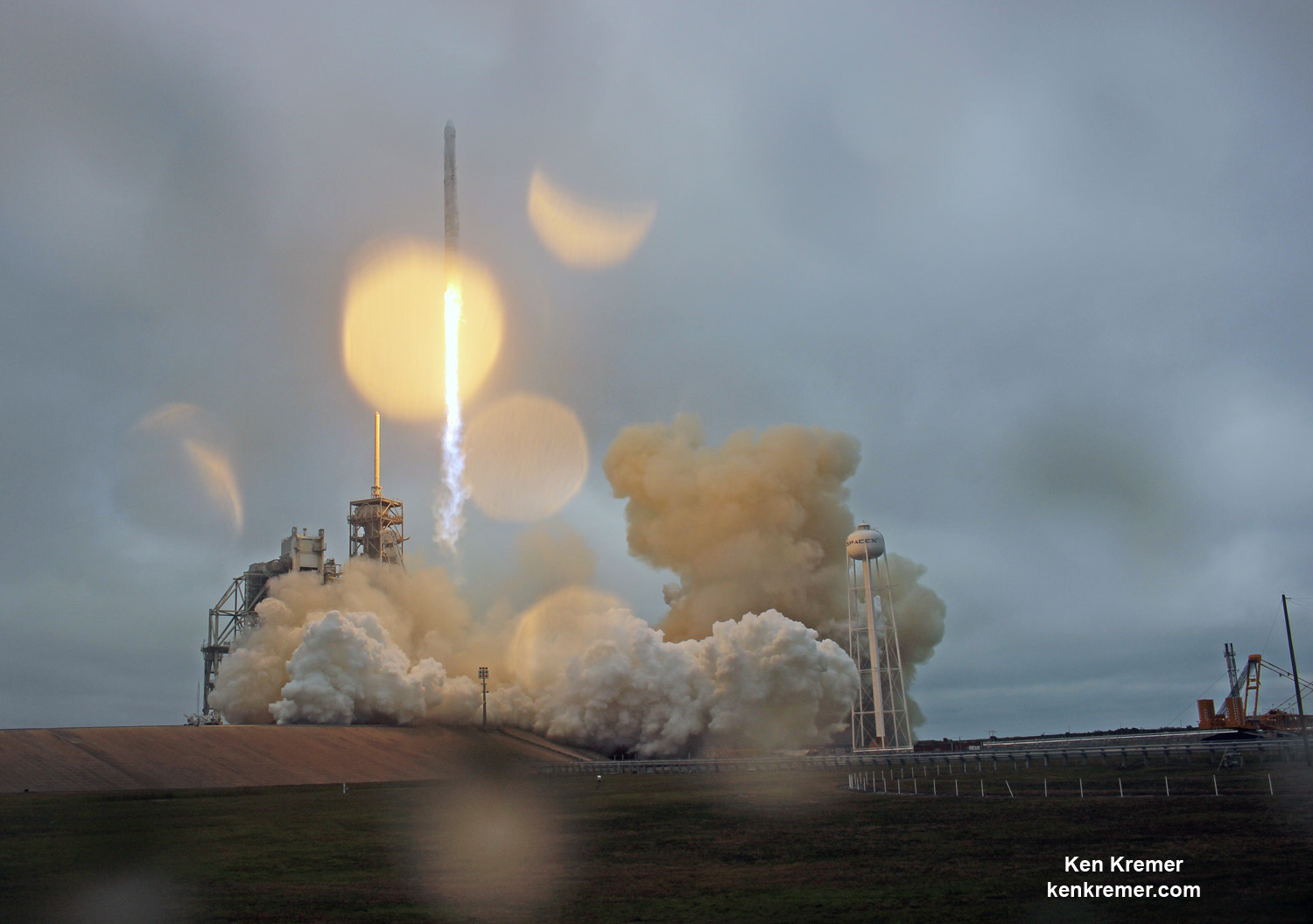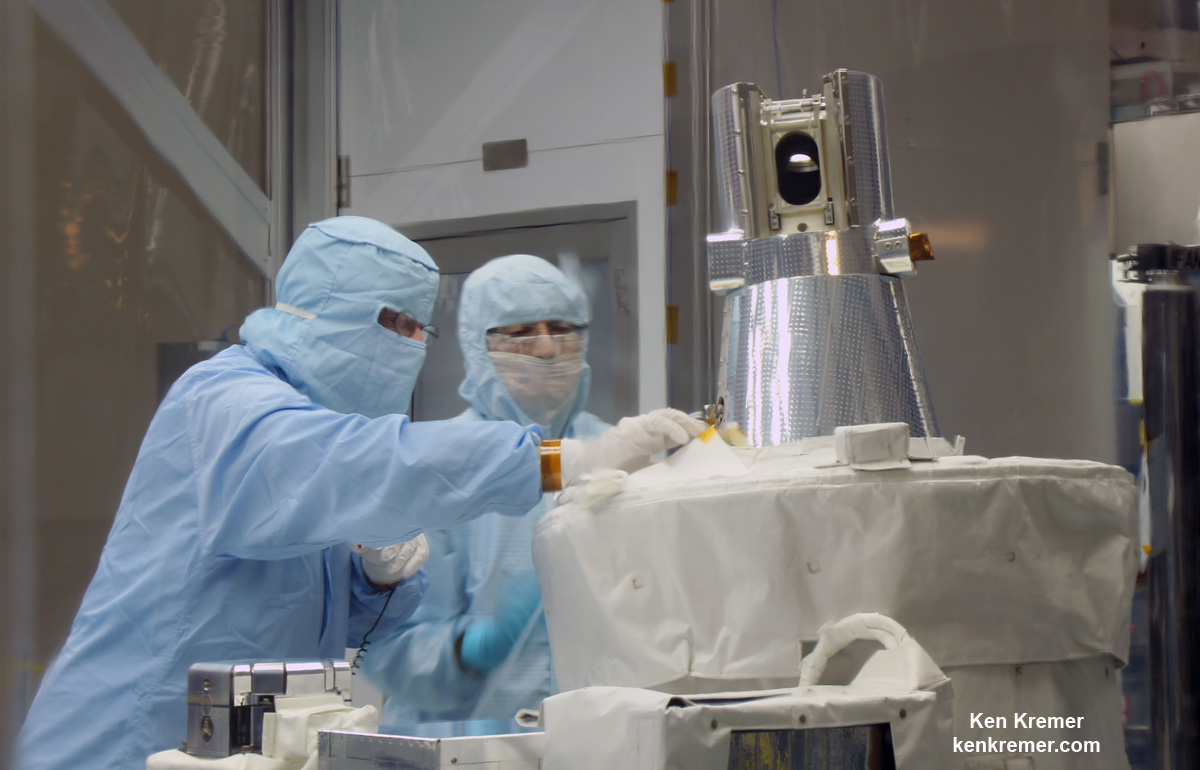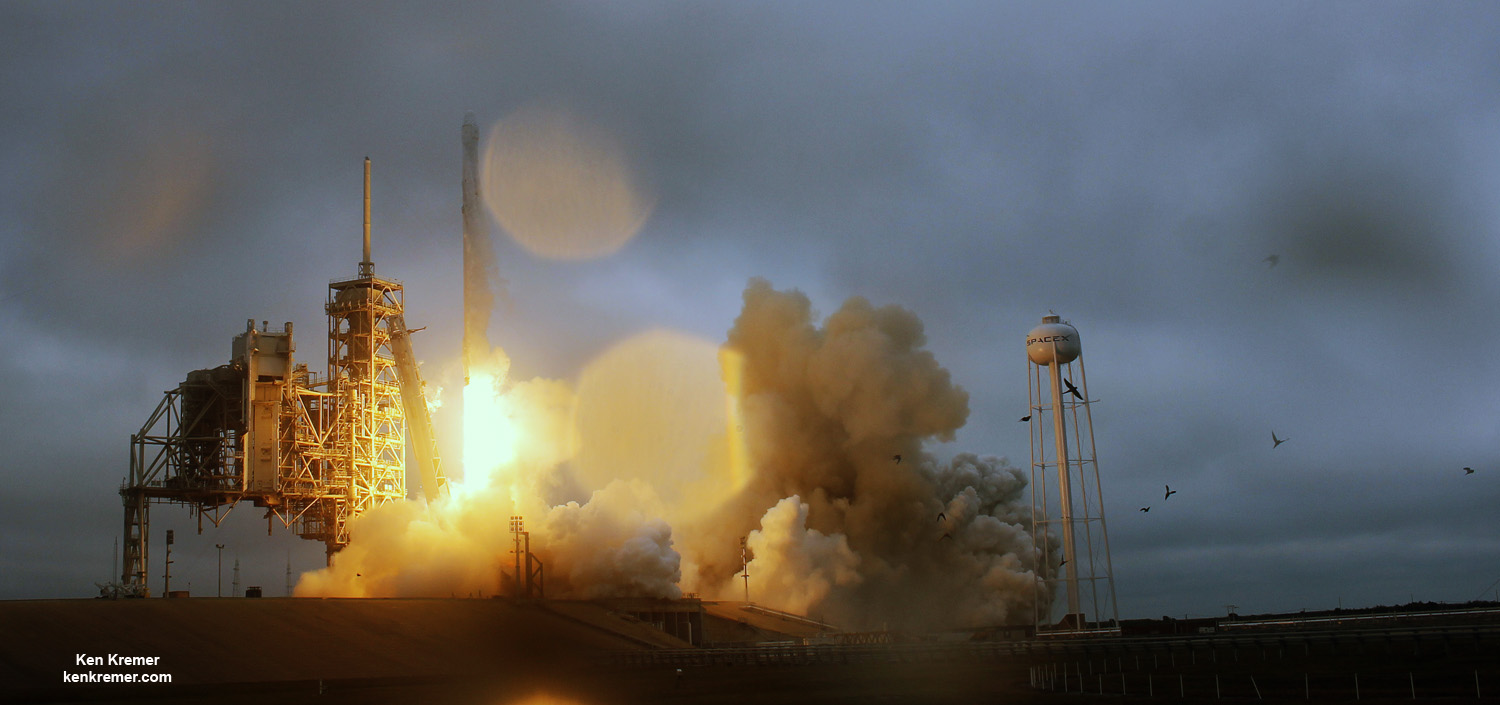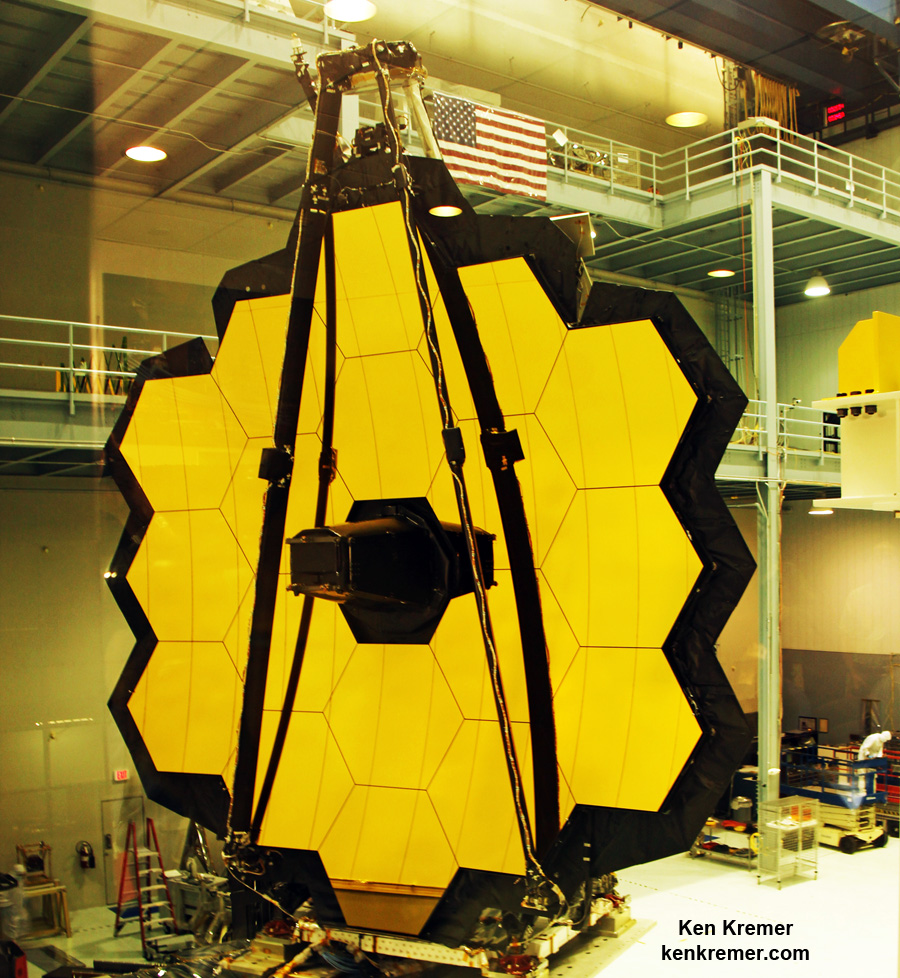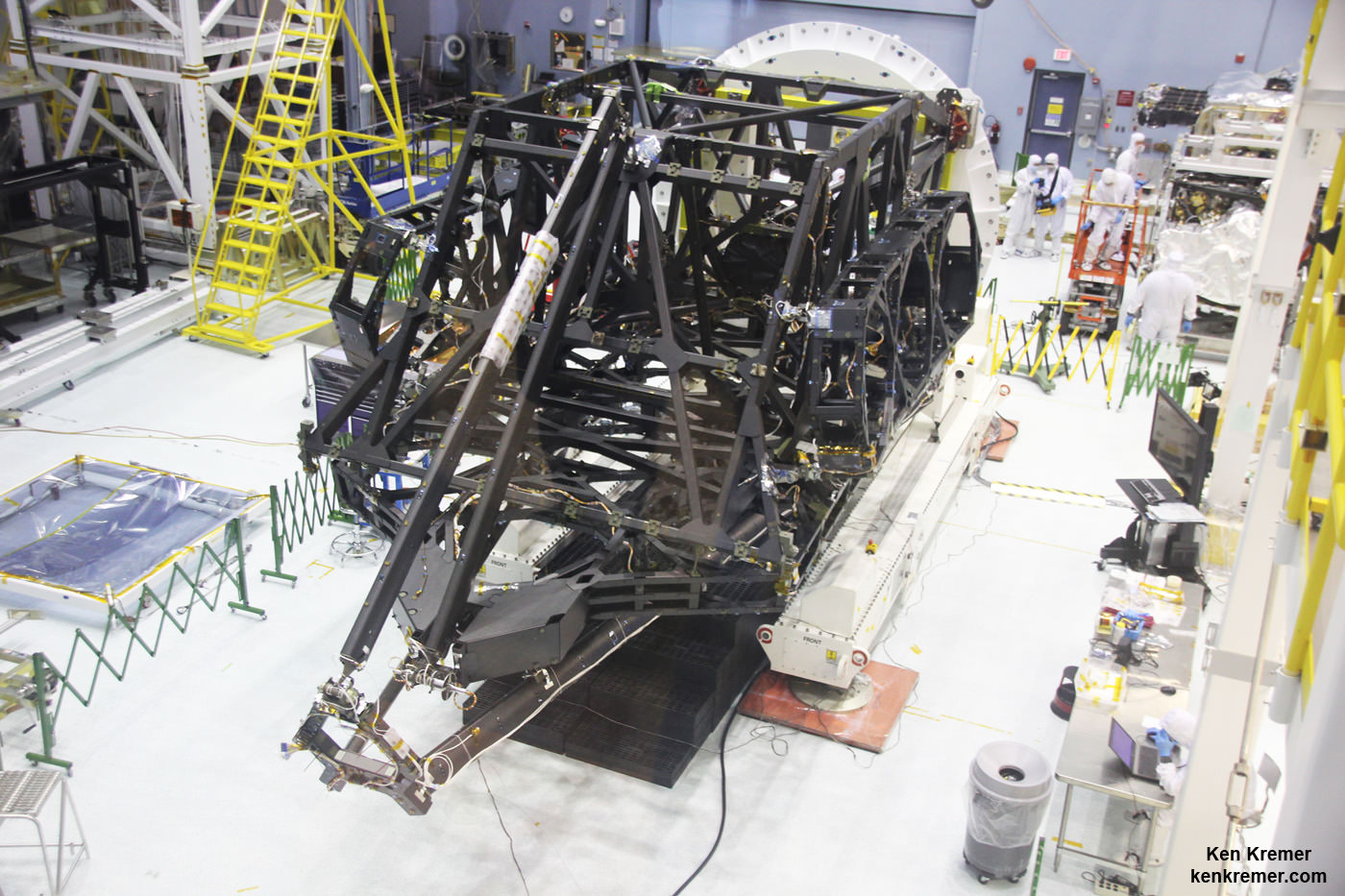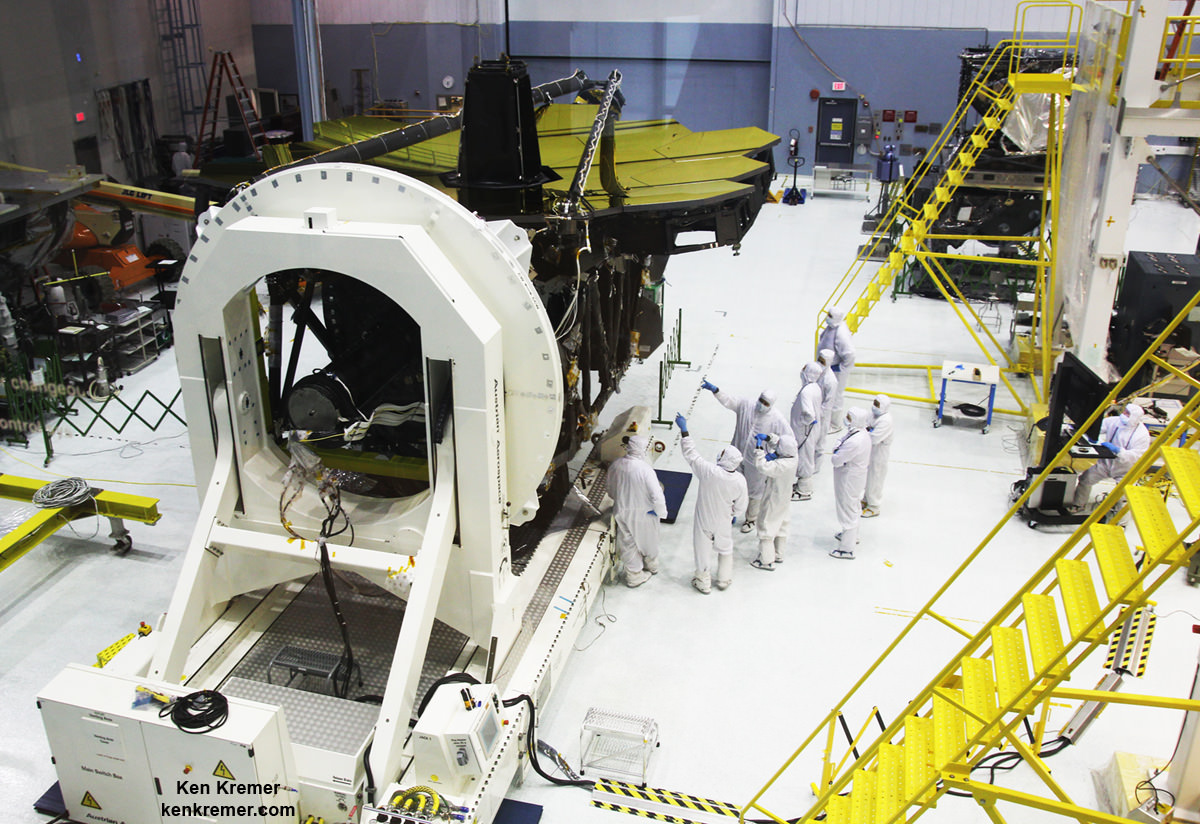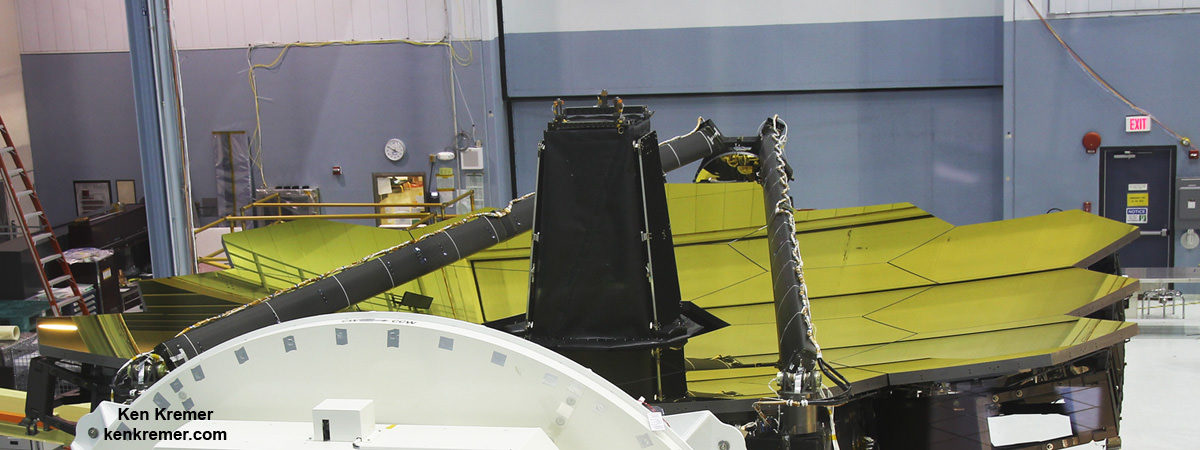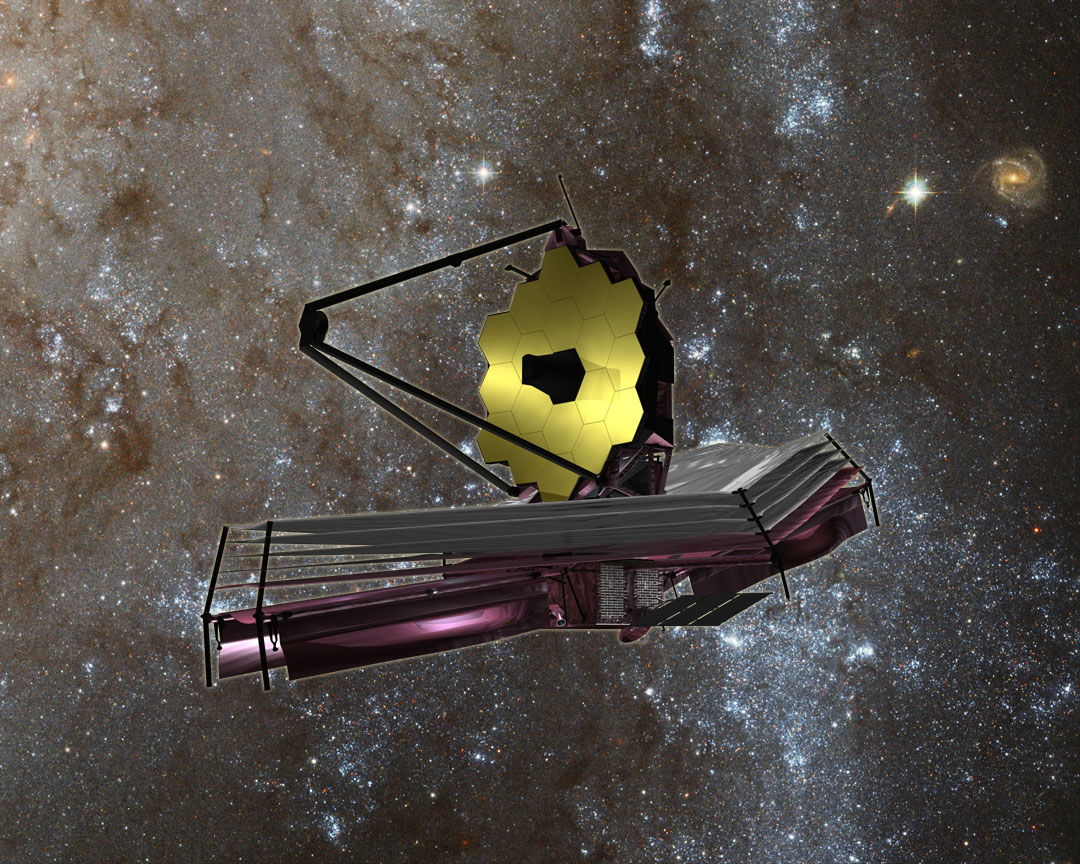After 50 years of sending rockets, satellites, and payloads into orbit, humanity has created something of a “space junk” problem. Recent estimates indicate that there are more than 170 million pieces of debris up there, ranging in size from less than 1 cm (0.4 in) to a few meters in diameter. Not only does this junk threaten spacecraft and the ISS, but collisions between bits of debris can cause more to form, a phenomena known as the Kessler Effect.
And thanks to the growth of the commercial aerospace industry and the development of small satellites, things are not likely to get any less cluttered up there anytime soon. Hence why multiple strategies are being explored to clean up the space lanes, ranging from robotic arms and nets to harpoons. But in what may be the most ambitious plan to date, the ESA has proposed creating space tugs with powerful magnets to yank debris out of orbit.
The concept comes from Emilien Fabacher, a researcher from the Institut Supérieur de l’Aéronautique et de l’Espace at the University of Toulouse, France. His concept for a magnetic tug seeks to address one type of space debris in particular – inoperable satellites. These uncontrolled, rapidly spinning objects often weigh up to several tons, and are therefore one of the most significant collision hazards there is.
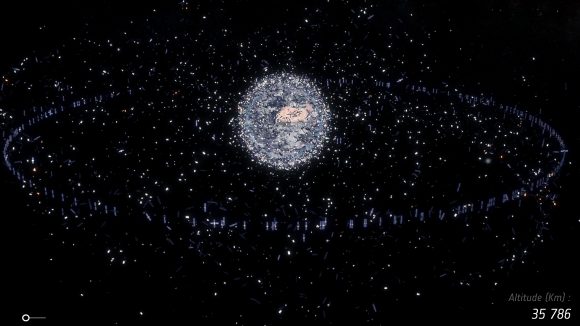
When applied to the problem of orbital debris, magnetic attraction is an attractive solutions for the safe deorbiting of spent satellites. For starters, it relies on technology that is standard issue aboard many low-orbiting satellites, which is known as magnetorquers. These electromagnets allow satellites to adjust their orientation using the Earth’s magnetic field. Hence, debris-chasing satellites would not need to be specially equipped in advance.
What’s more, this same magnetic attraction or repulsion technology is being considered as a safe method for allowing multiple satellites to maintain close formations in space. Such satellites – like NASA’s Magnetospheric Multiscale mission (MMS), the Landsat 7 and the Earth Observing-1 satellites, and the ESA’s upcoming LISA mission – are either operational or soon will be around Earth.
Because of this, this kind of magnetic attraction technology presents a safe and effective alternative for deorbiting space junk. As Fabacher explained in a recent ESA press release:
“With a satellite you want to deorbit, it’s much better if you can stay at a safe distance, without needing to come into direct contact and risking damage to both chaser and target satellites. So the idea I’m investigating is to apply magnetic forces either to attract or repel the target satellite, to shift its orbit or deorbit it entirely.”
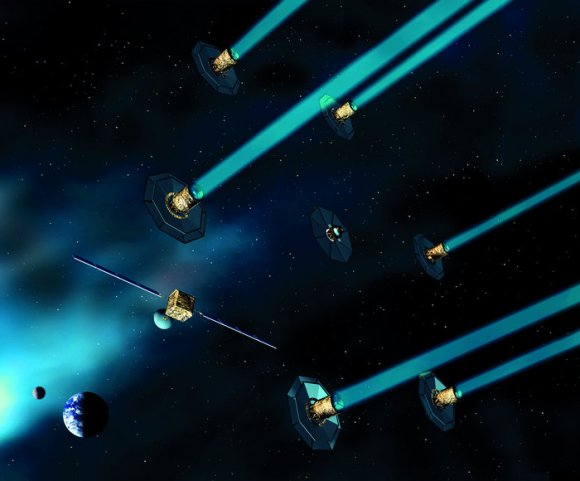
The concept emerged out of a conversation Fabacher had with experts from the ESA’s technical center in the Netherlands. As part of his PhD research, he was looking into how magnetic guidance, navigation and control techniques would work in practice. This led to a discussion about how similar technology could allow swarms of satellites to attract and remove debris from orbit.
After making some calculations that combined a rendezvous simulator with magnetic interaction models, and also taking account the ever-changing state of Earth’s own magnetosphere, Fabacher and his colleagues realized they had a working concept. “The first surprise was that it was indeed possible, theoretically – initially we couldn’t be sure, but it turns out that the physics works fine,” he said.
To break it down, the chaser satellites would generate a strong magnetic field using superconducting wires that are cooled to cryogenic temperatures. These satellites would also rely on magnetic fields to maintain precise flying formations, thus allowing a swarm of chaser satellites the ability to deal with multiple pieces of debris, or to coordinate and guide debris to a specific location.
According to Finn Ankersen – an ESA expert in rendezvous and docking and formation flight – these magnetic tugs would also be able to remove space debris with a very high level of precision. “This kind of contactless magnetic influence would work from about 10–15 meters out, offering positioning precision within 10 cm with attitude precision [of] 1 – 2º,” he said.
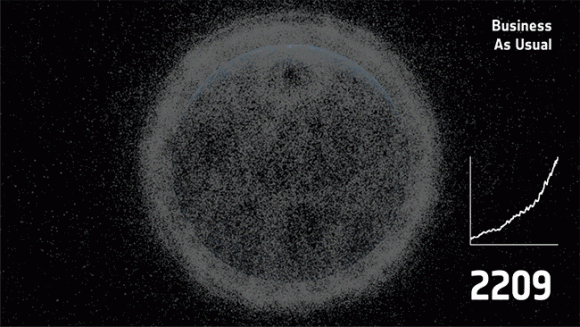
The concept is being developed with support provided by the ESA’s Networking/Partnering Initiative, a program that offers support to universities and research institutes for the sake of developing space-related technologies. And it comes at a time when the issue of space debris is becoming increasingly worrisome.
Left unchecked, space debris is likely to become a very serious hazard in the coming years and decades. Already, it is estimated that the small satellite market will grow by $5.3 billion in the next decade (according to Space Works and Eurostat) and many private companies are looking to provide regular launch services to accommodate that growth.
If we intend to begin making a return to the Moon and mounting missions to Mars, we need to make sure the space lanes are clear! And given the importance of the International Space Station to scientific research and international collaboration, and with companies like Bigelow Aerospace looking to establish space habitats in orbit, something has to be done about this problem before it gets completely out of control!
Who knows? Maybe a small fleet or magnetic tugs is just what we need to clean up this mess!
Further Reading: ESA

